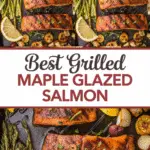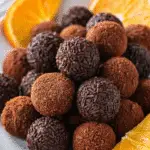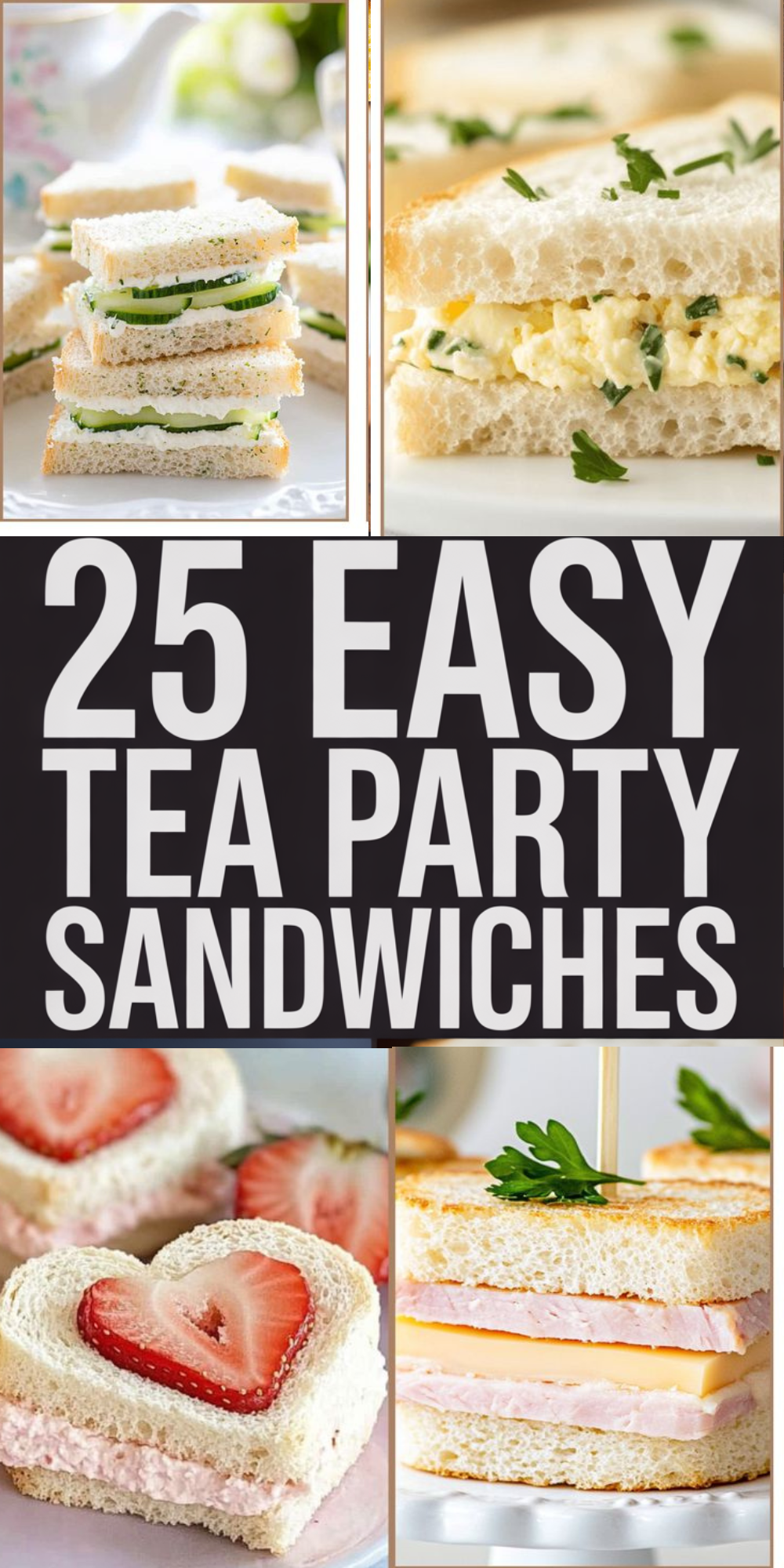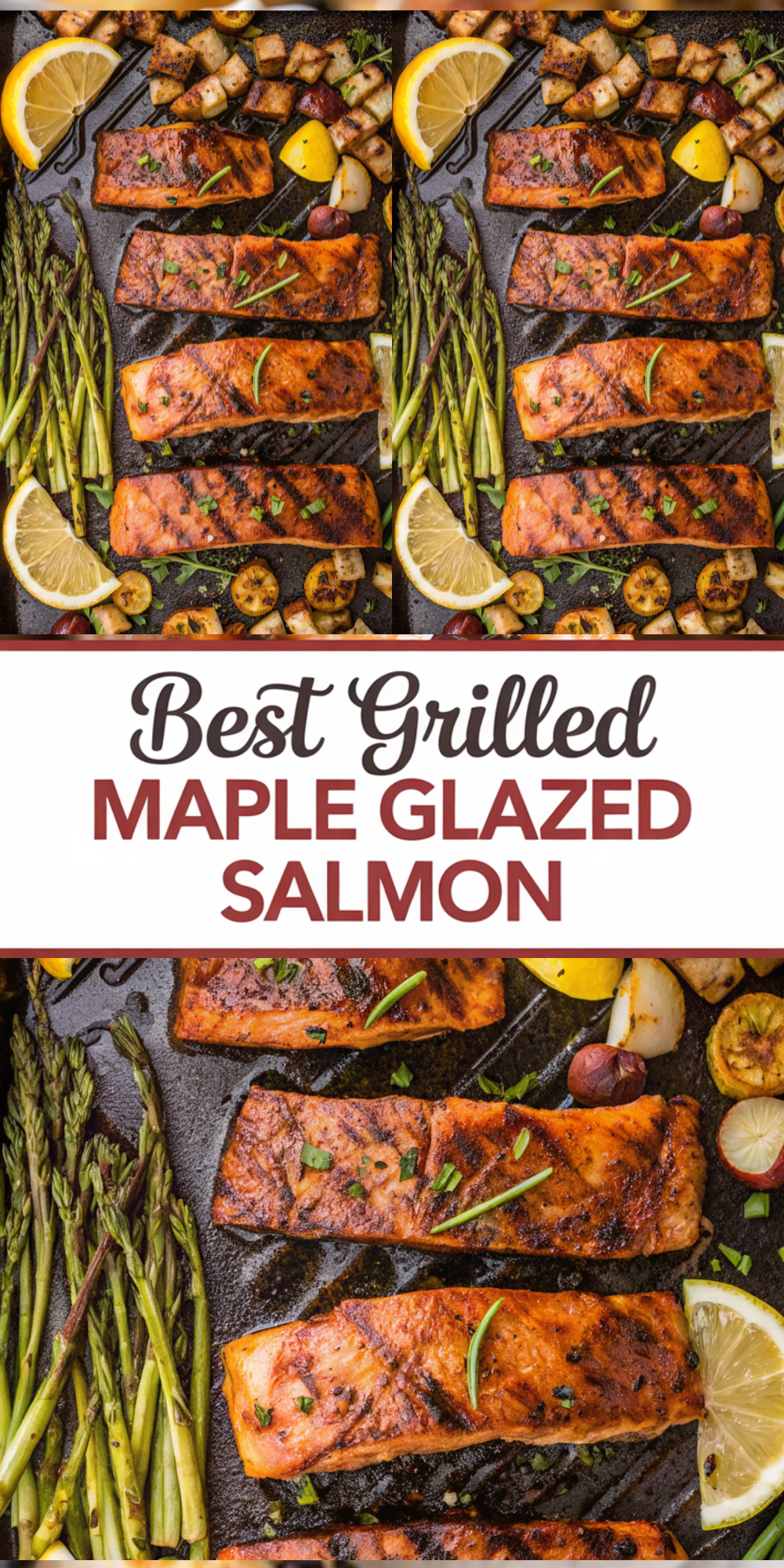Share via:
Have you ever fired up your Blackstone griddle, only to find that it’s not getting as hot as you’d like it to be?
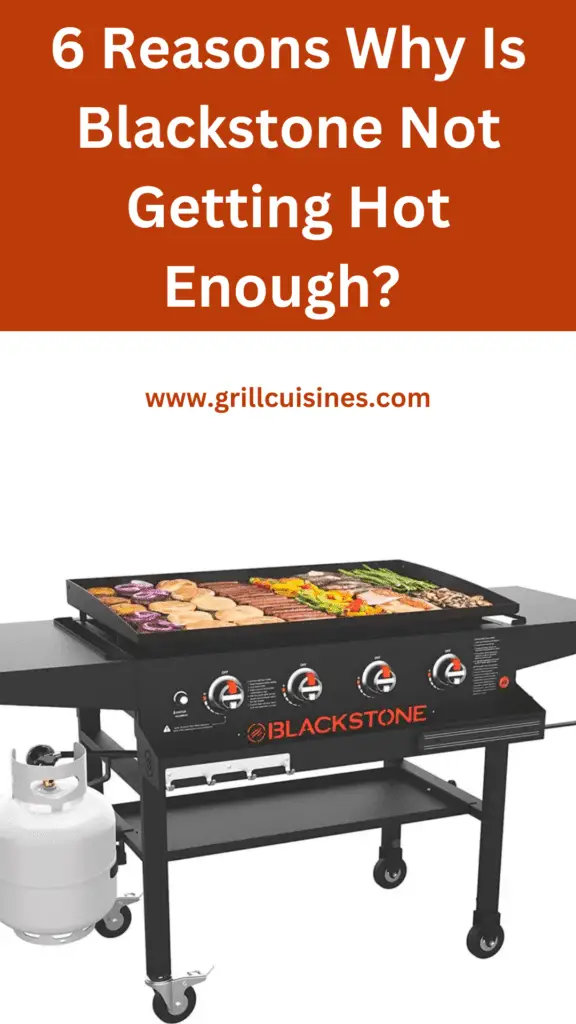
What if the Blackstone not getting hot enough and delays cooking? While you’re in the middle of preparing a delicious dinner on it. Frustrating, isn’t it?
When your griddle doesn’t reach the desired temperature, it can throw a wrench into your cooking plans and leave you with less-than-ideal results.
But don’t worry, you’re not alone.
In this comprehensive grillcuisines.com guide, we’ll unveil:
— Why is Blackstone Not Getting Hot Enough
— The six key reasons why your Blackstone won’t get hot and might not be reaching the desired temperatures and offer expert solutions to address each one.
So grab a cup of coffee and let’s dive to find possible solutions to the problem. You might also find our guide on 15 common Blackstone problems and their solutions quite helpful and informative.
Why is My Blackstone Not Getting Hot Enough?
The reasons for Blackstone griddles not getting hot enough can be clogged burners, low propane levels, a damaged or clogged regulator or hose, faulty burners, adverse weather conditions, or an uneven griddle surface.
Cleaning the griddle regularly and inspecting the propane tank, regulator, and burners can help prevent this issue. If the problem persists, it’s recommended to consult with a professional for assistance.
Here are six reasons why is Blackstone griddle not getting hot enough.
1. IMPROPER ASSEMBLY
If you’ve just started using Blackstone griddles, the tricky part of putting it together might be the reason that your Blackstone grill is not getting hot.
Even after reading the instruction guide multiple times, you might find yourself unable to pinpoint the problem. This frustration often stems from issues with the griddle’s assembly, especially if you’re not familiar with Blackstone griddles.
How To Fix It?
If you’re dealing with what seems like a straightforward issue, your first step should be to consult the instruction booklet that came with your griddle.
Carefully read through the provided instructions; you might find valuable insights to resolve the problem. Don’t hesitate to reach out to the company’s customer support for assistance.
If you’re not comfortable or experienced with technical matters, there’s no shame in seeking professional assistance.
Why tinker with something that requires technical expertise? In such cases, contacting customer service is a prudent move. You can also hire a professional but it may involve a cost, but it guarantees an accurate fix for your griddle.
You can consider a Blackstone griddle purchase from a retail location near you. They come fully assembled, which saves time and ensures proper setup.
2. THE PROPANE TANK ISSUES(Tank is off or Empty)
Another common culprit for inadequate heat on your Blackstone griddle is related to the propane supply.
Your Blackstone griddle relies on burning propane gas to generate heat, so any issues with the propane tank can be immediately noticeable.
If you find your Blackstone not heating up, it’s important to check your propane tank. Sometimes, the tank might be turned off or empty, which can hinder your griddle’s performance.
This means that another common reason why a Blackstone gas griddle is not getting hot is that there is something wrong with the propane tank. It could be turned off or empty.
How To Fix It?
If you suspect issues with your griddle’s propane tank, there are several methods to determine whether it needs a refill or complete replacement.
Expert Tip: Turn the propane tank’s valve on before lighting your griddle. By turning it on, you allow the propane to flow to the griddle burners, enabling them to ignite and generate heat. This quick check can save you the frustration.
1- Check the Tank Gauge
Many propane tanks come with built-in gauges that indicate the level of propane. Look for a gauge near the top of the tank. If it’s in the red or near empty, it’s time for a refill. If it’s a disposable tank and not refillable, you can replace it.
2- Weigh the Tank
For a more accurate measurement, weigh the tank.
You can use a gauge to measure the propane in your tank. Propane gauge attachments are easy to install and will show you how much propane is left.
By gauging the propane tank, you make sure the tank never runs out of gas and there’s always gas on hand.
Look for the tare weight, which is usually stamped on the collar or handle of the propane tank. This is the weight of the empty tank itself, without any propane inside.
An empty propane tank weighs approximately 16 to 17 pounds which is a tare weight.
Most standard propane tanks hold about 20 pounds of propane. A full propane tank typically has a total weight of about 37 pounds, with the propane itself weighing around 20 pounds.
Place your propane tank on a scale, ensuring it’s stable and secure. Note down the current weight displayed on the scale.
To find out how much propane is left in the tank, subtract the tare weight from the current weight you recorded. This will give you an estimate of the propane’s weight inside the tank.
Here is a complete guide on HOW MUCH DOES A GALLON OF PROPANE WEIGH. and How Much Does An Empty Propane Tank Weigh?
By using this method, you can effectively track the propane levels and determine when it’s time for a refill to keep your griddle running smoothly.

3- Listen for a Sloshing Sound:
Gently shake the tank and listen for a sloshing sound. Propane is a liquid when stored in the tank, so if you don’t hear any movement, it might be empty.
4- Hot Water Test:
Carefully pour hot water down the side of the propane tank. Be cautious not to pour it near the valve or any other sensitive areas.
Now Feel for Temperature Changes and run your hand along the side of the tank after pouring the hot water. Pay attention to the sensation on your skin.
If the tank surface feels cold to the touch, it indicates that there is some propane inside. Propane absorbs heat from its surroundings, causing the tank to cool down.
If there’s no noticeable temperature change, it suggests that the tank is likely completely empty, as there is no propane to absorb heat.
3. IGNITION ISSUES IF BLACKSTONE NOT HOT ENOUGH
If your Blackstone griddle is not getting hot and reaching the desired temperature, one possible reason could be the faulty ignition system.
The ignition sparks the flame starting the fire that heats up your Blackstone grill.
Many griddles use battery-operated ignitions, and over time, the batteries may become depleted, causing ignition problems. So another reason behind the Blackstone griddle not getting hot would be the faulty ignition.
How To Fix It?
To solve this problem periodically check the batteries to ensure they’re functioning correctly.
Regularly replacing the batteries can help maintain a reliable ignition system. Consult your user manual to locate and replace the batteries as needed.
Related >> How Hot Does A Blackstone Griddle Get?
4. TRIPPED REGULATOR: THE SAFETY SYSTEM IN REGULATOR HAS BEEN TRIPPED
If Blackstone not getting hot enough as it should, the issue may not necessarily lie with the griddle itself. It’s possible that a safety feature within the griddle’s regulator has been triggered, causing the griddle to function abnormally.
Grill regulators play a crucial role in controlling the flow of gas into the griddle to facilitate heating. Therefore, if there’s an insufficient supply of fuel, your griddle won’t heat up adequately or may not heat up at all.
In compliance with U.S. safety regulations, griddle regulators are equipped with flow-limiting devices. These devices monitor the propane flow through the regulator to ensure it remains at safe levels.
If the propane flow rate becomes excessively high, as might occur in the case of a substantial gas leak, the flow-limiting device activates to restrict the propane flow. This restriction serves to reduce the risk of a potential explosion.
One common scenario where this safety feature is tripped is when the propane tank is turned on too quickly or incorrectly, particularly when the tank is full, or if the burner knob isn’t in the off position.
When this happens, the regulator would activate preventing the griddle from heating up as expected.
This means that the grill will not get hot or does not heat up at all if there is little fuel.
How To Fix It?
When dealing with a tripped regulator, there are several effective methods to address the issue:
BLACKSTONE REGULATOR RESET
To fix this problem, please reset the regulator.
1. Close the valve on the tank.
2. Turn on the knobs on the Blackstone griddle and let all the gas out of the line. Wait 10 seconds.
3. Turn off the knobs on the Blackstone.
4. SLOWLY open the tank valve just a 1/4 turn – not much.
5. Try lighting the Blackstone.
When doing a regulator reset It’s important to go slowly when opening your propane tank, as this will keep the pressure low.
This gradual approach helps maintain lower pressure during the process. If the valve is opened too quickly, an excessive amount of propane is released in a short time, which can trigger the griddle’s automatic shut-off mechanism, causing an interruption in the heating process.
Blackstone recommends taking around 30 seconds to turn the regulator one-quarter of the way. Next, pause for a few seconds and then turn it another 1/4 of a turn. Never turn the propane tank more than 1/2 of a turn.
Here is a detailed step on How To Reset the Blackstone Regulator
Be sure to watch this video for a quick explainer of how to reset regulators:
Use an Adapter Hose
Some individuals with technical expertise choose to use an adapter hose to bypass the regulator. This involves adding extra components between the propane tank and the griddle. Here’s how it works:
By adding these intermediary components, users can prevent the regulator from being triggered without altering the griddle’s normal operation.

5. ADVERSE WEATHER CONDITIONS
The Blackstone griddle is a top-tier cooking appliance designed for grilling and griddling a variety of foods.
While the griddle itself is highly efficient and performs well in various temperature conditions, it’s essential to consider the impact of the surrounding temperature.
During colder weather, such as in the winter months, the griddle may require more time to reach its desired cooking temperature.
This is because lower ambient temperatures can affect the griddle’s heating process.
While winter means more business for our griddle, it also means the griddle will need to use more propane and food will take longer because of colder temperatures.
As a result, it’s advisable to be prepared for longer preheating times make sure your propane gas tank is filled to capacity, and allocate extra time for preheating.
By taking these precautions, you can enjoy the benefits of your Blackstone griddle even in colder climates.
How To Fix It?
Wind can pose challenges when cooking outdoors, but Blackstone griddles are designed to handle various weather conditions effectively thanks to its well-covered heating and safety components.
However, windy conditions can indeed pose challenges by affecting the griddle’s heating performance. To counter this, wind guards. are a valuable solution.
These Blackstone accessories provide protection against wind and dust, ensuring that the griddle’s heating mechanisms continue to function optimally.
You can also place the griddle under a shelter or bring it indoors during inclement weather, investing in wind guards is a practical way to maintain consistent cooking results even in the face of adverse conditions.

6. BLOCKED REGULATORS:
A common but often overlooked reason for a Blackstone griddle not getting hot enough is a dirty or clogged regulator.
Blackstone griddles are typically used outdoors for grilling various foods like steaks, burgers, and scrambled eggs.
Being exposed to outdoor elements, they can accumulate dust and dirt in hard-to-reach areas, including the regulator.
A dirty and greasy regulator can hinder the proper flow of propane, leading to insufficient heating.

How To Fix It?
Regular cleaning and maintenance of the griddle, including the regulator, can help ensure consistent and efficient performance, preventing temperature issues.
Cleaning the valve endpiece of the propane tank regulator can often resolve heating issues with a Blackstone griddle. To clean it, follow these steps:
- Unscrew the propane tank regulator from the tank and remove it.
- Examine the REGULATOR for any build-up or blockage. Use a wire brush to gently clean the endpiece, paying attention to the small hole, which can get clogged.
- You can use an air compressor to blow off dust and debris from the endpiece.
- After cleaning, reinstall the regulator onto the propane tank.
By cleaning the regulator, you can often restore it to proper functioning without the need for a replacement, ensuring your Blackstone griddle heats up efficiently.
7. BLACKSTONE GRIDDLE LOW FLAME
Why is my Blackstone flame so low?
Another reason for Blackstone not getting hot is a low flame.
The reasons for the Blackstone burner low flame may be due to clogged burners, leak or damaged hose, low propane tank pressure, or incorrect regulator settings.
If burner and propane tank pressure are fine it may be because of regulator settings. It is possible that you’ve probably tripped the regulator safety system.
You need to reset the regulator. Check how to reset the Blackstone regulator for step-by-step instructions.
Final Words: Why is My Blackstone Griddle Not Getting Hot
Blackstone griddles are a popular choice for commercial kitchens because they are versatile and make cooking easier.
But, what happens when the griddle doesn’t heat up? There are a few possible causes for this issue, so it’s important to troubleshoot the problem before it becomes too much of an inconvenience.
This article has explored Why is Blackstone griddle not getting hot and what can be done to fix this issue. Hopefully, it has solved your problem.
FAQ’s
How can I make my Blackstone griddle hotter?
You can make Blackstone griddle hotter by protecting your griddle from the elements as best you can.
This way, it’ll be less likely to suffer temperature fluctuations and high winds which are both detrimental to your Blackstone griddle.
It is important to be mindful of how the cooler temperatures and higher winds will affect your Blackstone griddle.
If you leave your griddle outside and are exposed to these changing temperatures, your griddle will not cook food at the desired temperature.
You can use a Wind Screen for Blackstone to make it hotter.
Even if it doesn’t seem like there’s any wind today, a wind guard can make all the difference.
It’s also surprisingly common for people to put a wind guard around their Blackstone griddle even in light breezes, so it can be worth doing as a precaution.
Related Articles That You’ll Love To Read
10 Blackstone Hacks (Griddle Tips & Tricks)
Blackstone Temperature Guide for Beginners
Addressing 15 Common Blackstone Griddle Problems: Solutions
How to Get Grill Marks on Blackstone Griddle
How to Clean Blackstone Griddle After Cooking (5- Steps)
References:
I am a writer, editor, and publisher of Grillcuisines.com – an online blog dedicated to sharing grilling tips, accessories, and recipes to encourage more people to get outside and grill.
I’m off to find out the different types of grill foods, their seasons, and how to conduct outdoor cooking properly. I’ll also show you some of my grill-worthy cooking tools & accessories!



